Arthouse films are known for pushing the boundaries of film, and experimenting with the expressive capabilities of the medium to tell stories in a unique and exciting way. While there is no set definition for an “Arthouse Game,” there are most certainly titles that do their best to push the boundaries of their medium in order to tell the stories or provide experiences that otherwise aren’t offered. If you want to dive into some video games that will make you think, feel, or experience something different than what is usually on offer, we’ve got you covered with our list of some of the best Arthouse games you can play.
Antichamber

Antichamber is perhaps one of the most mind-bending puzzle games conceived of to date.
The brainchild of Alexander Bruce, Antichamber places you in a series of chambers you have to navigate. Each puzzle you think your way through opens up the way to more puzzles, and every conundrum is designed to mess with your perceptions of space and conventional-level design.
The game’s manipulations of those perceptions are as seamless as they are skillful. The title is also a masterclass in teaching players, as its ethos is built around pushing the player to solve problems through gameplay. It defies conventional design wisdom by confusing and confounding players and taking away the ground they stand on, yet also gives them the tools to see through the tricks used on them by thinking outside the box.
Firewatch

Firewatch is a perfect example of an arthouse game, transplanting the highly personal character drama and exploration of story themes you would see in a novel, movie or in a premium tv show into a video games.
The title tells the story of a man who volunteers to become a fire lookout in a Wyoming Park and has to untangle a mystery. Though the gameplay is mostly walking and doing odd jobs, it buoys the interactivity of the experience and allows you to be fully immersed in the branching narrative of the game. Its well-crafted narrative is top-notch too, allowing you to feel as though you are in the starring role of the plot.
There are few games as good at making the player feel cut off from the world in such a convincing way as Firewatch.
Where the Water Tastes Like Wine

Art isn’t always successful, and this underappreciated game is emblematic of that.
Where the Water Tastes Like Wine is one of those games that was sadly forgotten after its release. It’s a shame, as it’s a game with a very unique premise: In depression-era America, you play as a man who has lost a card game against a supernatural entity. You are tasked with finding and then seeding stories throughout the land, so they can grow and change with each retelling.
To be sure, Where the Water Tastes Like Wine is not for everyone. It involves traveling the bredth of the continental United States, often the slow way and with constant nuisances. However, the game understands that gameplay doesn’t have to be strictly exciting if it is in service to a greater story, and the feeling of the breadth and scale of America is captured in those movement mechanics.
The travelling through and exploration of the States also elevates the points where you discover little seeds of the stories you plant coming back to you. Seeing the world and it’s stories is as intriguing as it is unique, and stands as one of the rare times that gameplay and story are so totally married.
What Remains of Edith Finch
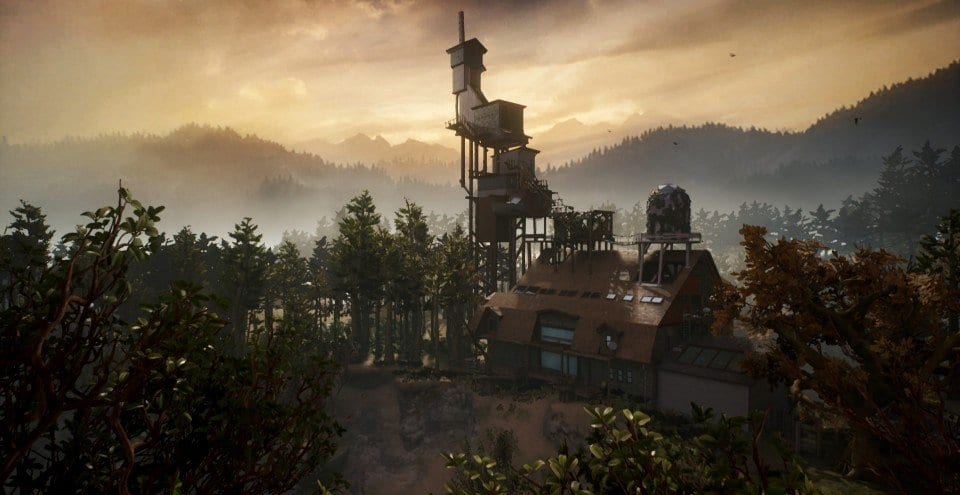
What Remains of Edith Finch is the answer to the question “What if they made Mario Party an arthouse game?”
Kidding aside, this game dodges the accusations of ‘Walking Simulator’ by employing multiple forms of gameplay to tell the engrossing story of one family grappling with their many, many demons. You are guided through this story by an expectant mother telling the story of what happened to her family members to her unborn child, all while jumping into their perspectives via gameplay.
It pushes the boundaries of what sort of gameplay a narrative experience is limited to, and boasts a wide range of gameplay and aesthetic styles that are sure to keep most anyone enthralled the whole way through. Its writing feels dark and gothic, yet has an undeniable wry sense of humor about itself the whole way through.
Stanley Parable

The Stanely Parable is perhaps one of the most masterful satires of video games ever created, and acts as an optimal arthouse game as a result.
You play as Stanley, an office worker who finds that all his coworkers have disappeared without a trace. The game then has multiple branching endings that all have to do with how you proceed, and your power struggle with the narrator of the game itself in your attempt to define how your adventure plays out.
It’s a rare example of a game that pits you against the story itself, and in such a way that understands the people who play games. Bioshock pointed out the man behind the curtain who was manipulating you to go down a predestined path, but fundamentally it was still a narrative experience. Stanley Parable doesn’t just let you rebel against the story — it actively revels in your little war with the narrator. You are in a boxing match with the man behind the curtain, and the way that match evolves or ends defines your story.
Pathologic
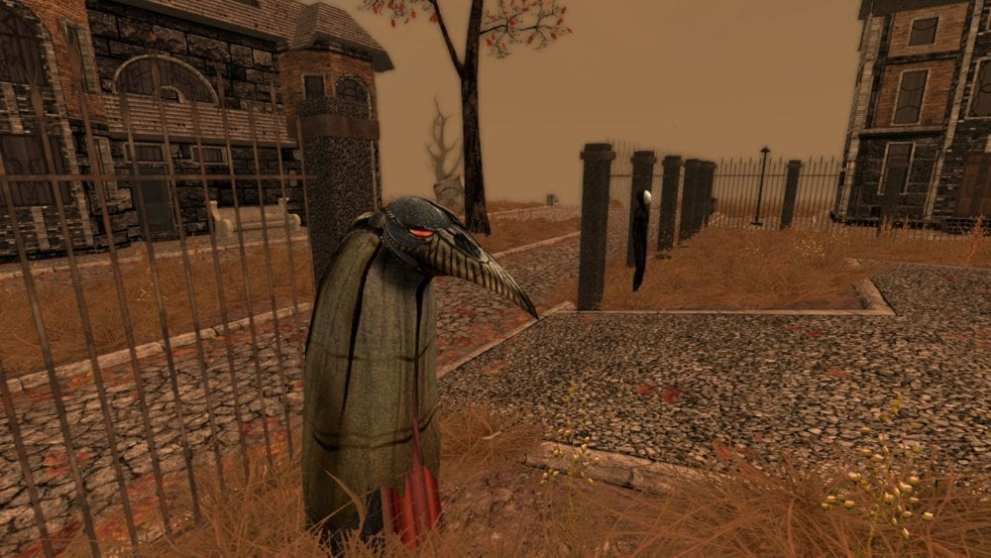
Art games can sometimes be obtuse and inaccessible, and Pathologic is no exception.
You play as one of three individuals trying to cure a plague coming out of a Russian village. The game is an unforgiving snapshot of true-to-life mechanics, and deals with themes of suffering and the greater good, and the nature of art itself. For example: Prices will raise dramatically when the disease is discovered, mirroring the runs on goods during crises. You’ll then be faced with dilemmas like deciding who to save or help, whether or not to put your own health above that of others, and similar issues.
The game is quite punishing, but not in the way Dark Souls or other challenge centric games are. It weaves a noose around your neck, and then you have to struggle not to end up hanged by things like hunger or infection.
Pathologic is perhaps one of the hardest games on the list and also one of the hardest to fully get. Though it might be an absolute pain to play, there’s poetry in how cruel the game can be, and how it is somewhat tongue in cheek with how it treats you as a player. While some games may present their challenges as adversities to overcome, Pathologic is a unique game in that this challenge is framed more as an endurance test. Can you keep everything together under the tough conditions of its bleak world? And better yet, can you glean some meaning from the suffering?
Undertale
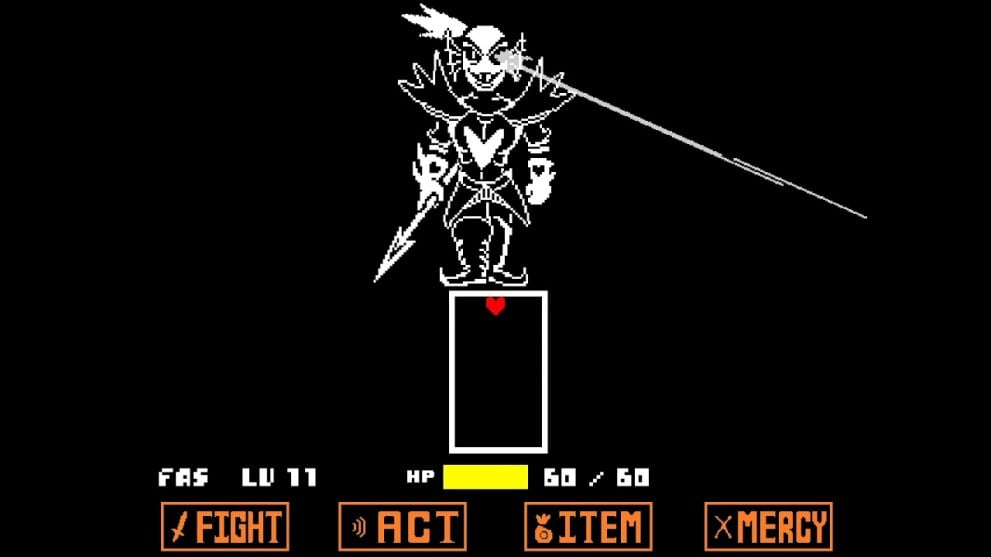
Essentially the video game equivalent of Everything Everywhere All At Once, Undertale is the Indie game success story that most developers can only dream of, but that mainstream appreciation shouldn’t take away from Undertale’s street cred as an artsy game.
The art in Undertale comes in how it bends the RPG genre, playing with it to make jokes, craft particular character moments, or even create oddball gameplay mechanics. It’s also the sort of game that makes you think about game design and how it can be subverted, all while weaving a fun Alice in Wonderland-style tale with beloved characters and a crazy world.
Fundamentally, Undertale achieves something that almost no game did before and few games have successfully aped since. It’s an entirely different game depending on your choices, and plays with conventions in a way you won’t forget.
Getting Over it With Bennet Foddy
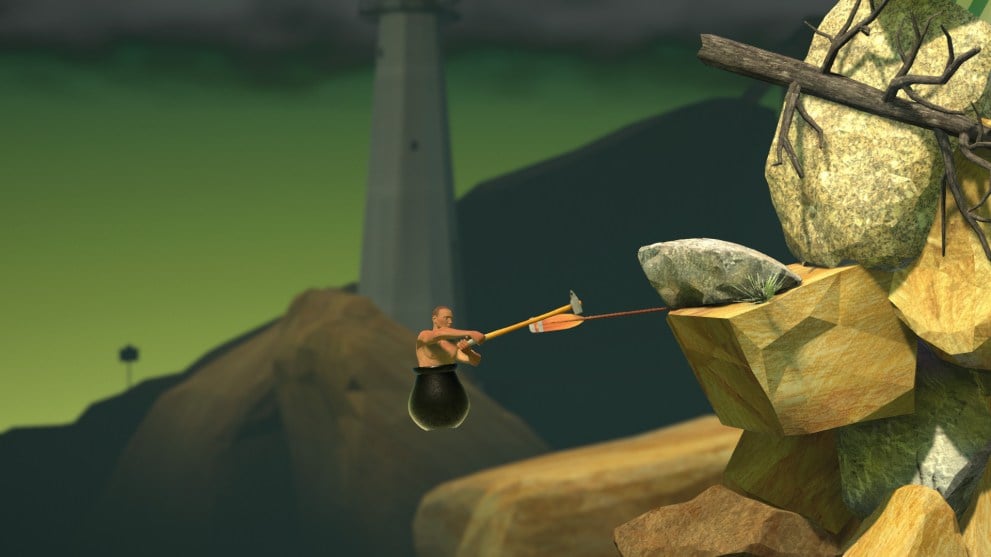
Getting Over It is an art game that doesn’t rely on narrative. It’s art in the same sense that a work by any famous painter or sculptor is art.
The game is as purposefully engineered as any great work of architecture with a singular friendly malice: You are a man in a pot with a sledgehammer, and your goal is to climb a mountain that is designed to make that goal very, very difficult.
It’s art in a lot of senses, being a both a statement and a piece of media that should be experienced as well as interpreted. Fundamentally, though, it’s also a work of love and care meant to be an expression of the artist. The title takes aim at how culture can often be disposable, and how games are often made to be easily completed by crafting a product out of reused assets which is an accomplishment to beat.
Disco Elysium
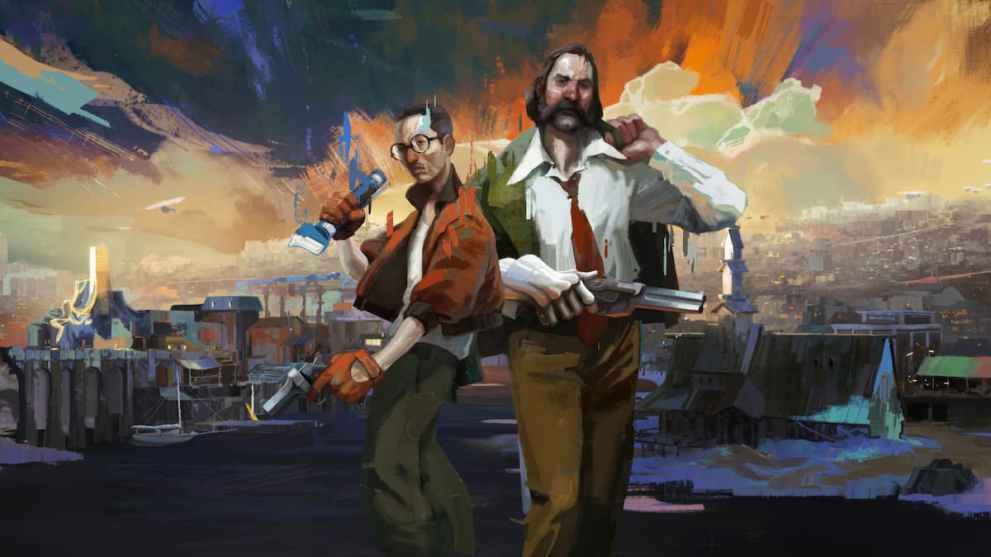
Disco Elysium is constantly in conversations regarding the best RPGs of all time, and for good reason.
Set in an alternate universe, you are a detective who has to solve a murder mystery. The only problem is that you don’t even remember your name. But what makes this game arthouse is the particular keenness of its writing and the intriguing decision to make your stats capable of talking to you. Each of your stats in game represents a portion of your personality and makeup, and pulls you in different directions that can mold how the story progresses.
As you go through the game world as an Amnesiac, you’re likewise faced with a number of critical questions: How far can you define the character you’re given? How are you defined by your past actions, and how much can you reinvent yourself? How much is a video game character defined by their character over a player’s roleplay? The blending of mechanics and theme in such a way is a large part of what makes Disco Elysium arthouse, and the stellar writing only solidifies this.
The Beginner’s Guide

Occasionally, you’ll interact with a story that puts you through an emotional wringer in a way you couldn’t have previously convinced. The Beginner’s Guide is that story.
Seemingly a simple title exploring a game designer’s work, the Beginner’s Guide goes through twists and turns to become something altogether more emotionally involved. Made by Davey Wreden, the same person who created the Stanley Parable, the game achieves that particular balance of writing that can bounce between satire and drama effortlessly.
It’s hard to explain what makes The Beginners Guide so artful without giving away its main twists, so I’ll just say this: It’s one of those stories that has to be truly experienced to be fully appreciated, and one which only works when told via a video game. While interactivity is often highlighted as the main feature of games as a dramatic medium, I would argue intimacy is as important. In being immersed in the world, you feel as though the game designers are speaking directly to you, and the story this game tells only works with that level of intimacy.
